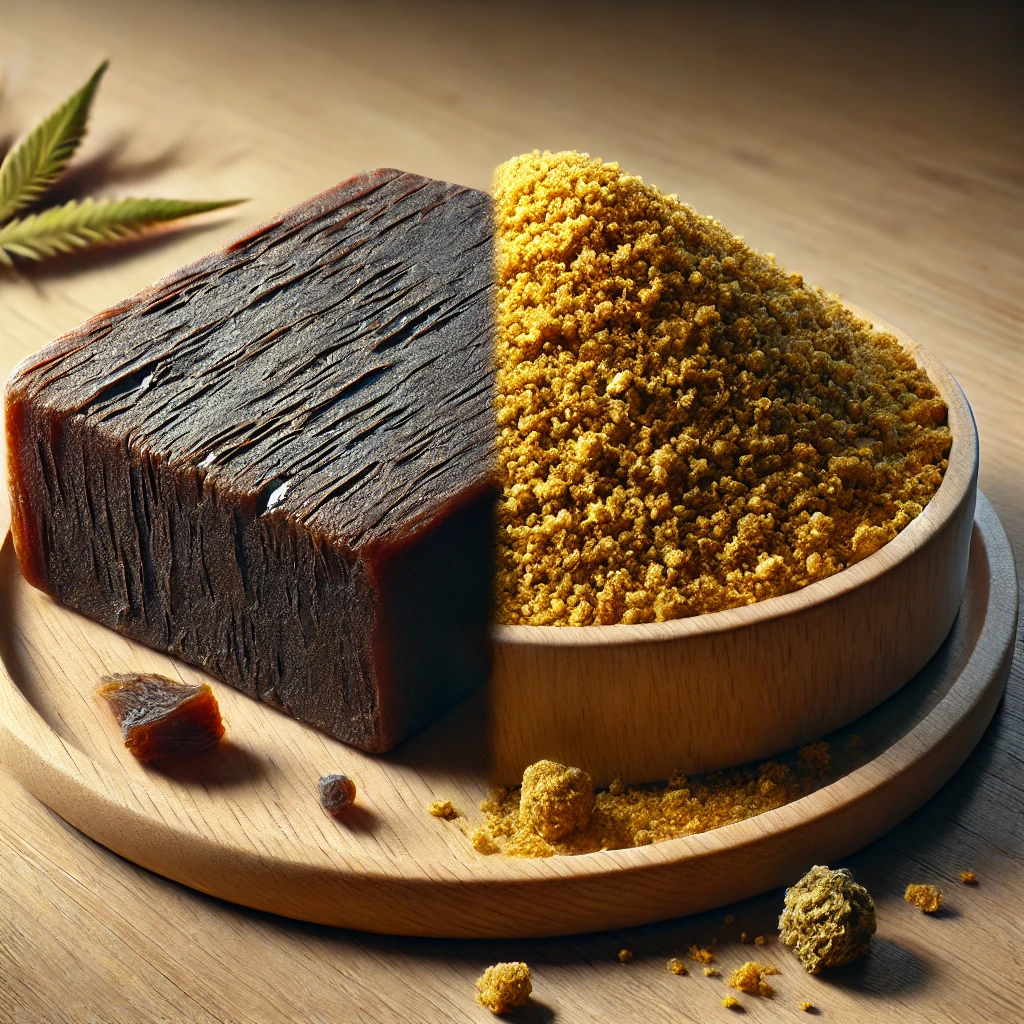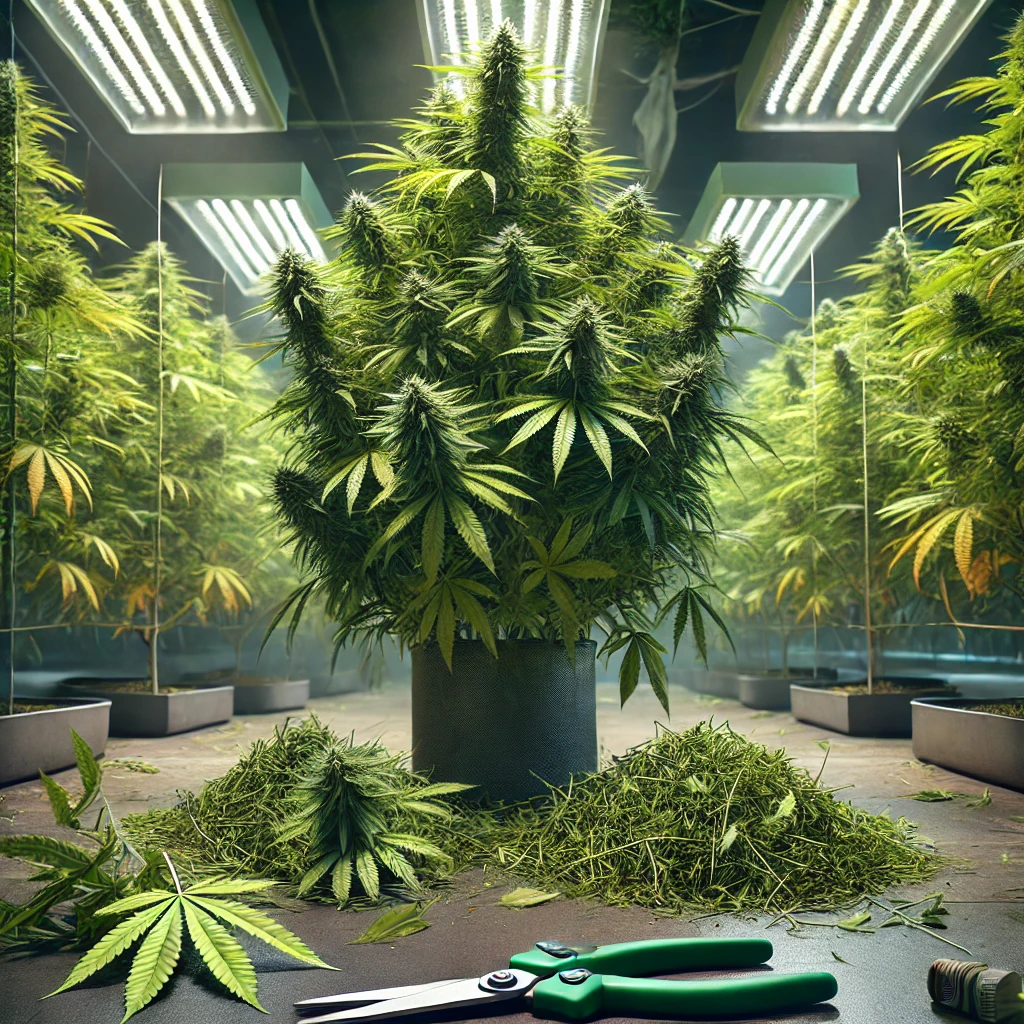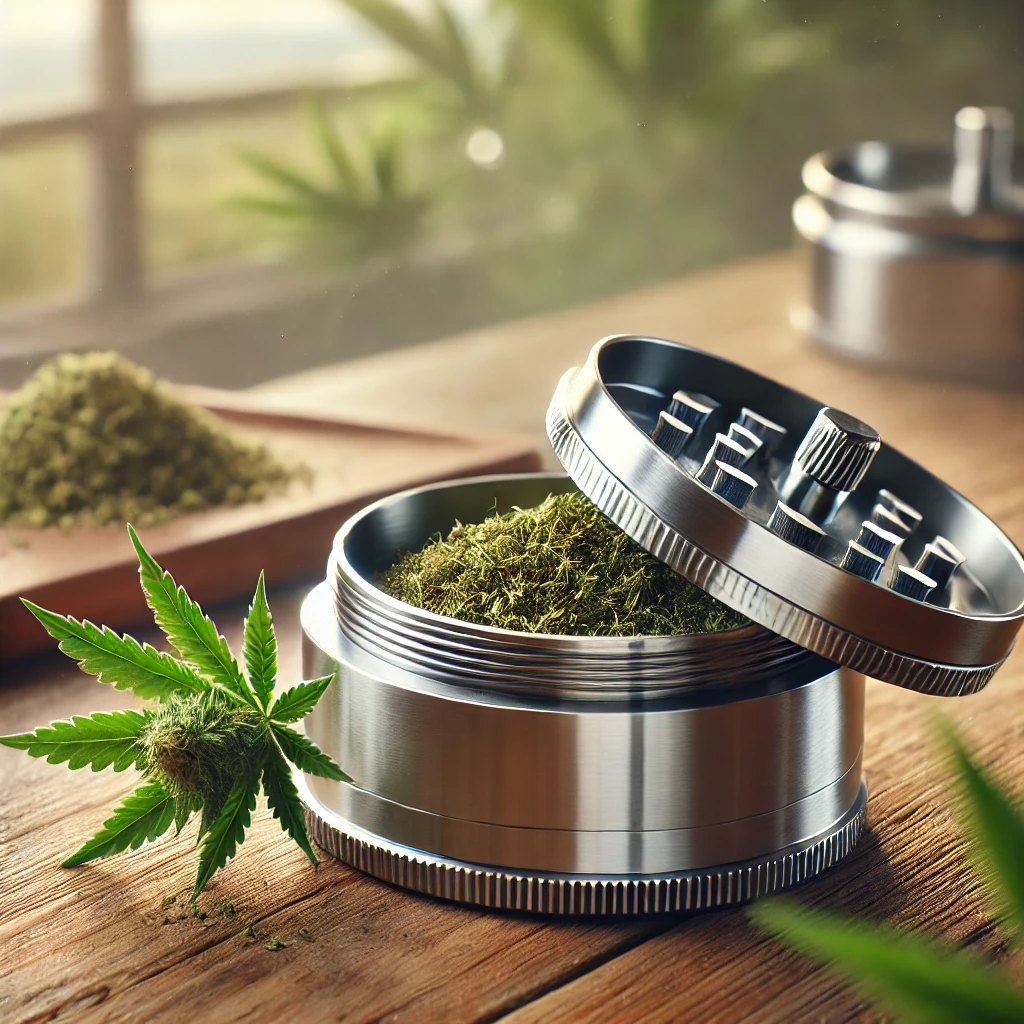Differences Between Hashish and Pollen
The world of cannabis is full of concentrates, and two of the most popular are hashish and pollen. Although both come from the same factory, their production methods and characteristics make them very different. In this guide you will find out in detail what each one is, how they are made, what their main differences are and which may be the ideal option for you according to your preferences. What is Hashish? Hashish is a cannabis concentrate obtained from the resin collected from the trichomes of the plant. It is made using ancient techniques that are part of traditions and rituals in various cultures. Origin and Tradition With deep roots in countries such as Morocco, India, and Nepal, hashish has been perfected using extraction and compression methods. These techniques, in addition to their recreational use, are used in social and religious ceremonies and practices, making this concentrate something very special. Extraction Process and Production The process takes place in three essential stages: Resin harvesting: Trichomes are extracted from cannabis flowers using manual or mechanical methods. Drying and sieving: Impurities are removed to obtain a pure resin. Compression: Heat and pressure are applied to transform the resin into homogeneous blocks or wafers. Every detail of the process influences the type and quality of the hash obtained. Characteristics of hashish Appearance and texture: Blocks can vary in color, from dark browns to golden or near-black tones. As for the texture, it can be very compact or a little more fragile, depending on the method used. What is cannabis pollen? Pollen refers to the trichomes that are released from the female flowers of cannabis, collected in an artisanal way. This process preserves the natural essence of cannabis without subjecting it to intense compression processes. Origin and method of acquisition Used for centuries in Europe and Asia, pollen is obtained by: Rub or sift high-quality buttons. Collect the trichomes in the form of a fine powder. This artisanal method allows you to maintain all the properties and purity of the product. Artisanal Extraction Process The procedure is simple: Harvesting buds: High-quality cannabis flowers are chosen. Rub: The buds are rubbed so that the trichomes come out. Sifting: The pollen is separated from other plant remains, thus obtaining a fine and pure powder. Characteristics of pollen Appearance and texture: It comes as a fine powder, with colors ranging from yellow to gold, reflecting its freshness and purity. Main Differences Between Hash and Pollen Although both products come from cannabis trichomes, their differences are evident in several aspects: Definition and Elaboration Process Pollen: It is obtained directly from the trichomes released without being pressed, by dry sieving, resulting in a loose powder. Hashish: It is produced by pressing and compacting pollen (or kief), using heat and pressure to form blocks or tablets. Texture and appearance Pollen: Its texture is loose and powdery, and its color can vary from light yellow to brown or greenish tones. Hashish: It has a dense and compact texture, coming in the form of blocks or tablets and with colors ranging from dark brown to black. Cannabinoid concentration Pollen: Because it is less processed, its THC concentration usually varies between 20% and 30%. Hashish: Thanks to the compression process, the hash can have THC concentrations above 50%, resulting in a much more potent product. Strains with high CBD content: Both pollen and hashish can also be made from strains with high levels of CBD and low levels of THC. This gives rise to products such as Hash CBD, with a non-psychoactive profile, focused on the potential benefits of CBD without the “high” associated with high THC concentrations. Varieties and Types Hashish: There are different variants, such as traditional hashish (rich in THC) and CBD hashish (focused on the therapeutic properties of CBD without psychoactive effects). Pollen: Depending on the extraction technique, a distinction can be made between static pollen (modern methods for maintaining purity) and dry pollen (obtained using traditional techniques, with nuances in aroma). Terpene Profile and Additional Considerations Terpenes are aromatic compounds that provide aroma and also interact with cannabinoids (entourage effect) to modulate their effects. Here are some key differences: Terpene profile in pollen Freshness and Aromaticity: Obtained by dry sifting, without the application of heat, the pollen keeps its volatile terpenes intact. This results in a fresh and vibrant aromatic profile. Terpene Profile in Hashish Chemical Transformations: The application of heat and pressure can induce transformations in terpenes, such as the formation of hashishene from myrcene, which provides a distinct aroma. Loss of Volatile Terpenes: The compression process can cause the evaporation or degradation of some terpenes, making the aromatic profile less complex in certain aspects, although depth and nuances can be obtained. Customization: Modern production allows you to adjust or add terpene profiles to highlight specific characteristics. Cultural Influence, History and Trends Both concentrates have a rich history and have played important roles in various cultures: Hashish: With origins in Central Asia and the Middle East, hashish has been considered a luxury product, present in festivities and rituals, and has left a mark on the world’s cannabis culture. Pollen: Its popularity has grown especially in Europe, where the artisanal technique has been perfected to offer a natural and pure alternative. In addition, the legalization of cannabis in many countries has spurred innovation in extraction methods and renewed interest in both products. Conclusion Although hashish and pollen come from the same source, the differences in their manufacturing process, texture, and concentration of cannabinoids make them unique. Knowing these differences will allow you to appreciate the diversity and tradition behind these cannabis concentrates. Don’t forget to visit CBD mayons and find out more.




